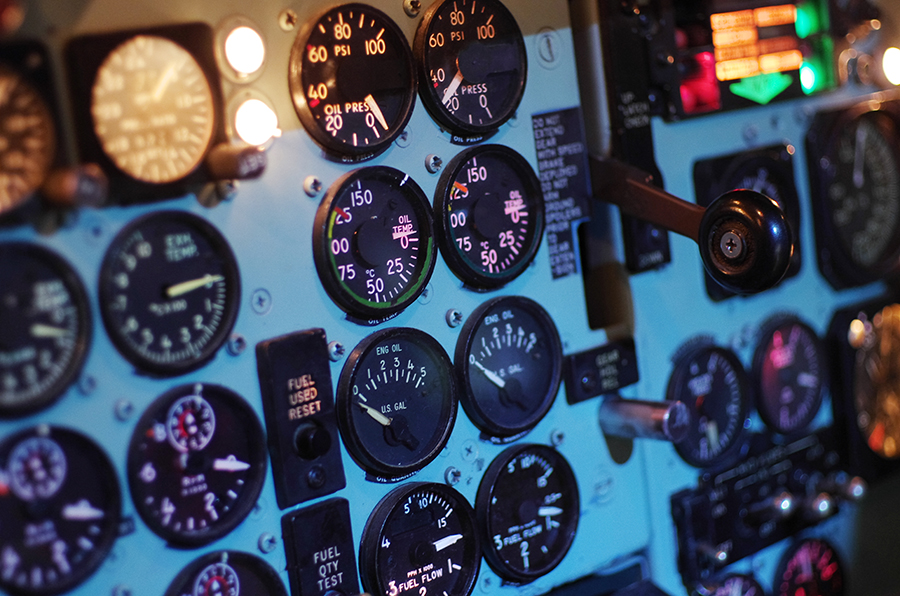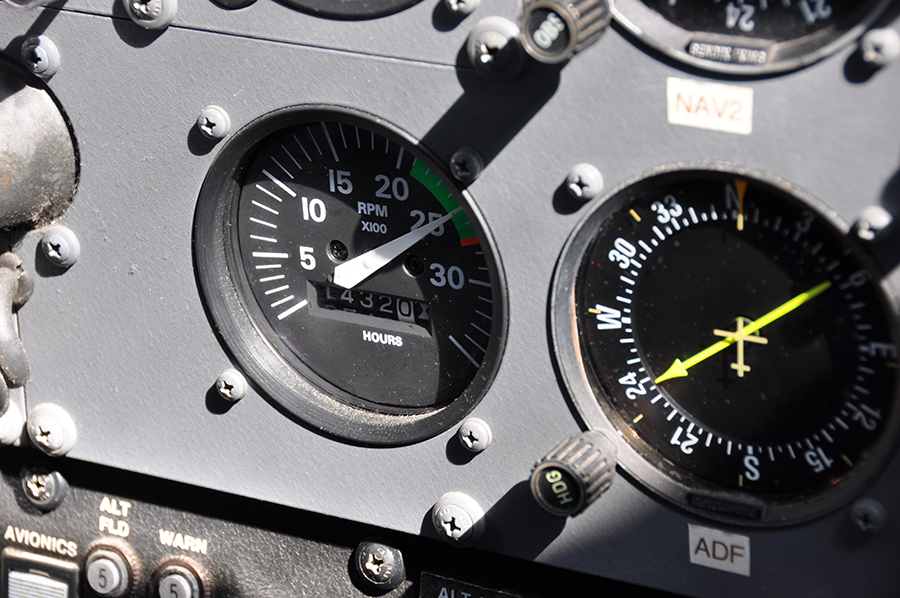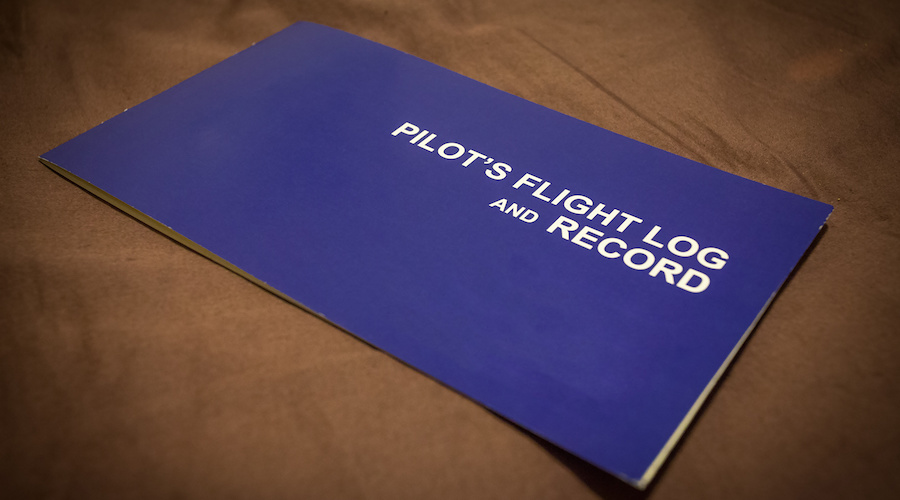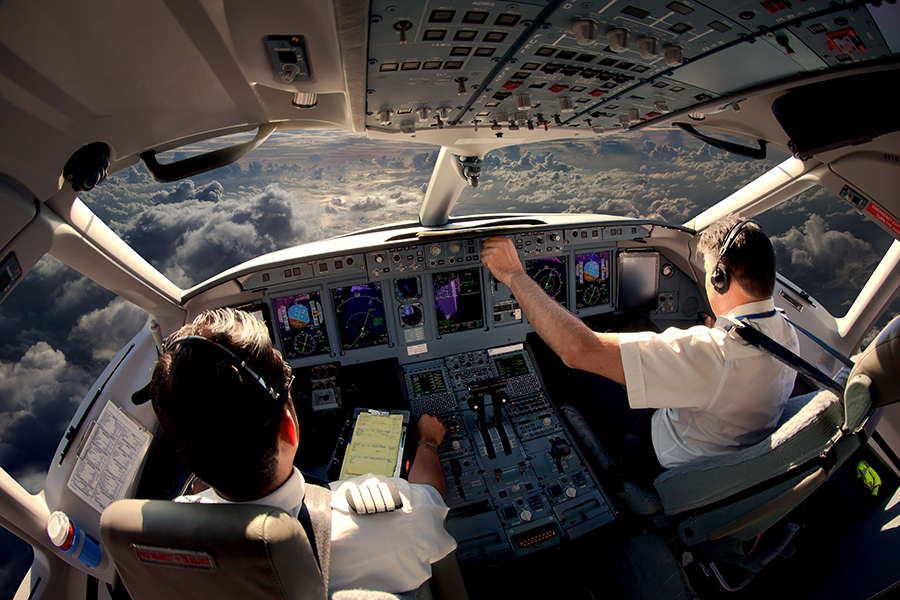Measuring flight time, at its core, shouldn’t be a complicated process. There are, unfortunately, many ways to measure flight time. None of these methods are more misunderstood than Hobbs and tach time.
The difference between Hobbs and tach time is the following:
- Hobbs Time:
- The time from when the engine starts to when the engine stops.
- Tach Time:
- At cruise RPM, tach time counts like a standard clock.
- At an RPM less than cruise, tach time counts slower than a standard clock.
- At an RPM more than cruise, tach time counts faster than a standard clock.
Not fully understanding the difference between Hobbs and tach time could get you in a lot of trouble, as the accuracy of your logbook and the aircraft’s maintenance (among other things) depends on your ability to log flight time accurately.
What is Hobbs Time?
Hobbs time is measured by a Hobbs meter. Invented in 1938 by John Weston Hobbs, the Hobbs meter is turned on or off by one or more of the following, depending on the aircraft:
- Oil pressure
- The master switch
- An airspeed sensor
The oil pressure switch is the most common way to control the Hobbs meter.
Hobbs time is measured in hours and tenths of hours. For example, an hour and a half would be recorded as 1.5 hours.
In general aviation aircraft, Hobbs time is used by pilots to log flight hours.
What is Tach Time?

Tach time can be compared to an odometer in a car. Tach time, which is measured by a tachometer, is primarily used to determine when maintenance should be performed on the aircraft.
Tach time can be thought of as “engine time” because it is a time measure of how much strain the engine has undergone.
Tach time is generally 20% less than Hobbs time, depending on the types of flights undertaken.
Both tach and Hobbs time are logged in the aircraft’s logbook (often referred to as a flight folio). This ensures that, if either the tachometer or Hobbs meter were to malfunction, the discrepancy between the two times would be noticed. It is imperative that you, as the pilot, confirm that both the tach and Hobbs time written in the flight folio corresponds to the indications in the aircraft before and after your flight.
How Tach Time is Used
General aviation aircraft are required to have routine maintenance inspections. Two things primarily determine the frequency of these inspections:
- Calendar Time
- Flight Time
Certain maintenance inspections are mandatory within specific time frames (such as 12 months, for example). This means that, regardless of how much or how little the aircraft has flown, the aircraft must undergo that specific inspection. This ensures that aircraft receive regular maintenance, irrespective of how little they are flown.
Maintenance inspections are also mandatory according to tach time (such as every 100 hours). This ensures that aircraft that are flown regularly receive maintenance inspections more often.
Legal Requirements for Tachometers and Hobbs Meters

14 CFR 91.205 lists the tachometer as a required instrument for all general aviation aircraft. This speaks to the importance of accurate engine maintenance monitoring, as the only other mandatory engine monitoring instruments are oil pressure and oil temperature gauge.
The Hobbs meter is not a legally required instrument. Despite this, most general aviation aircraft have a Hobbs meter installed, as it makes for an accurate measure of flight time.
Conclusion
Regardless of the type of flying you do, ensure you log tach and Hobbs time accurately. Failing to do so could mean a slap on the wrist from an FBO or a visit from the FAA!




